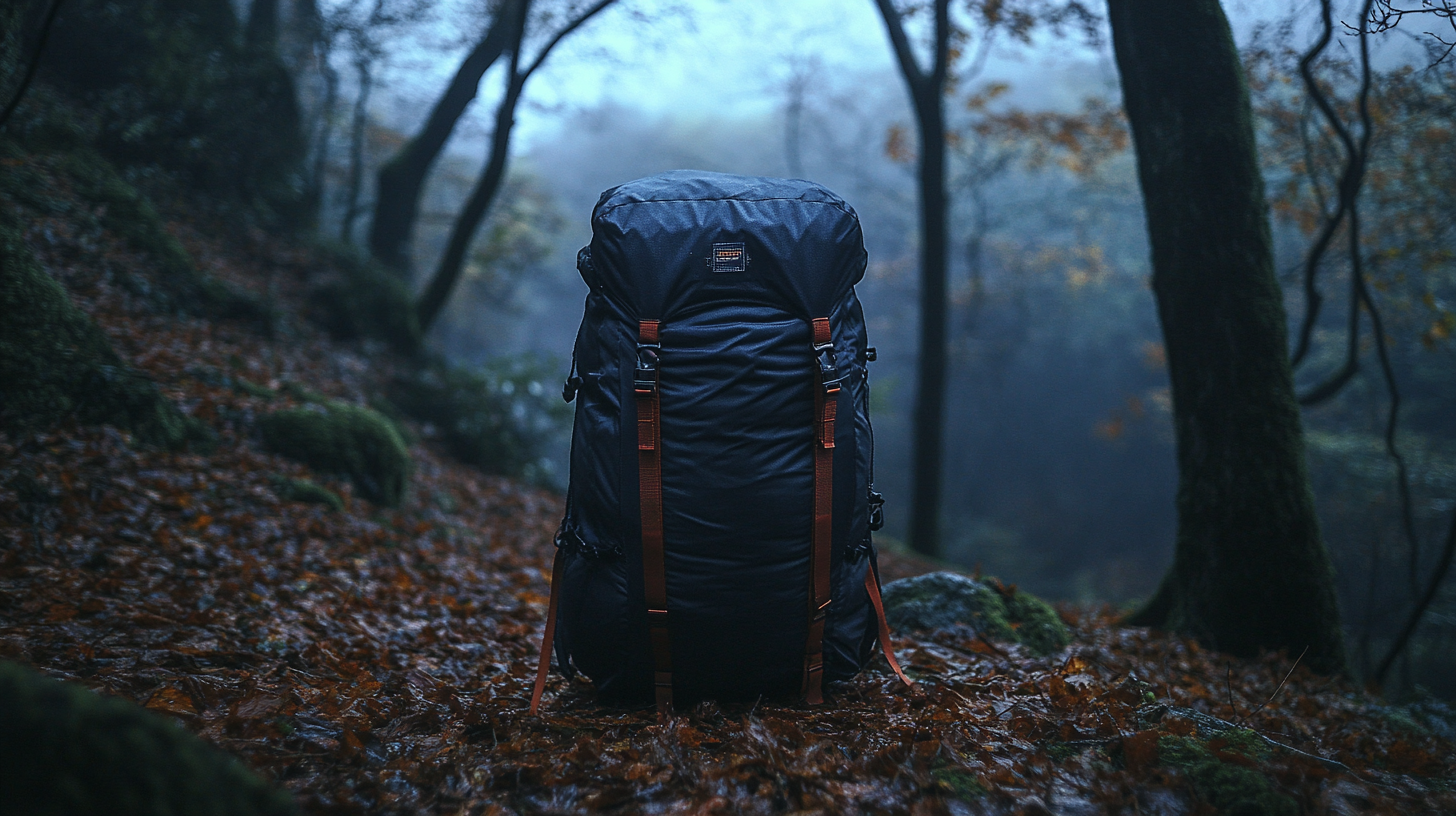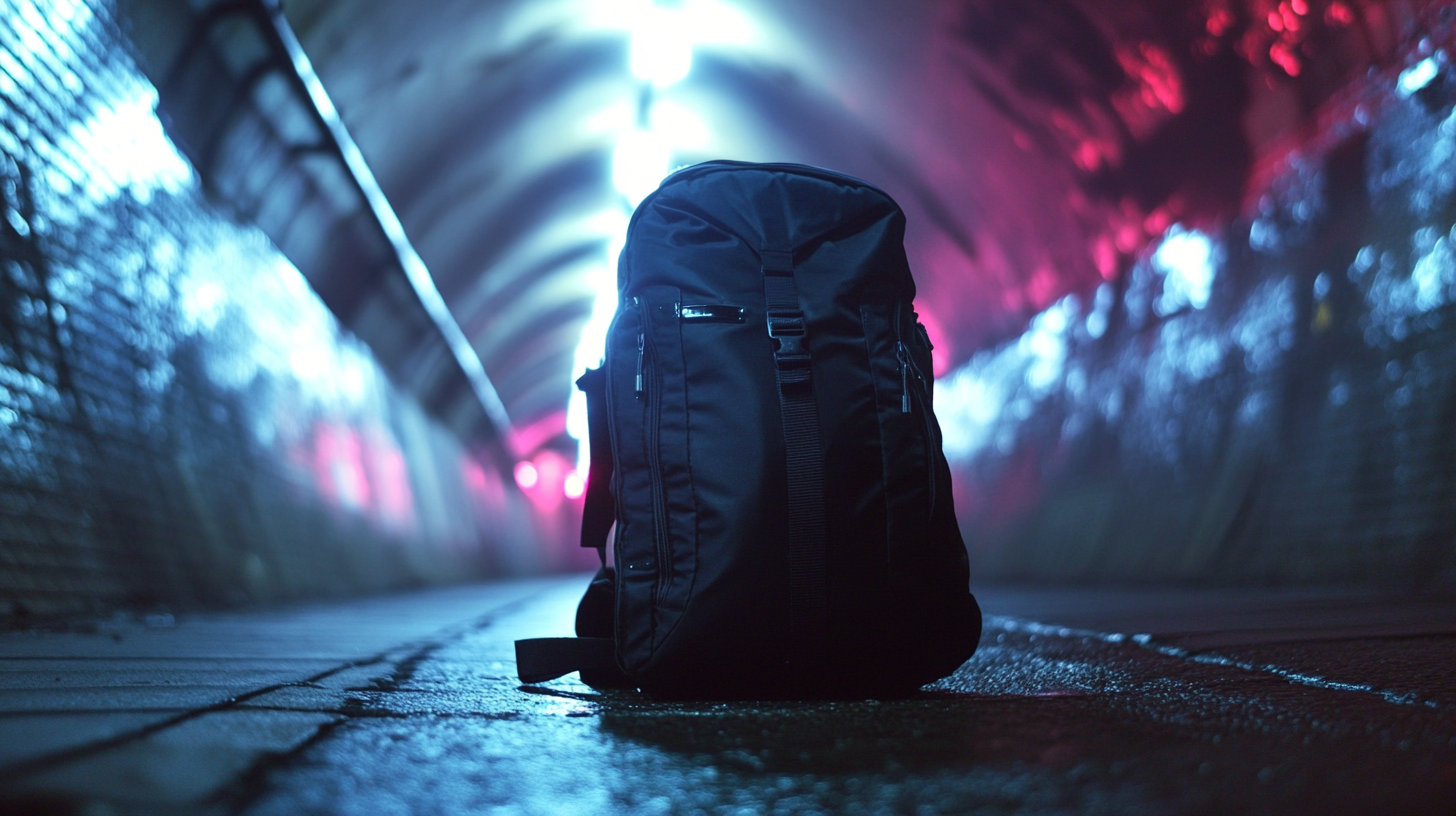 +86 178 5514 5298
+86 178 5514 5298
Leave Your Message
-
 CONTACT NUMBER
CONTACT NUMBER -
 CONTACT NUMBER
CONTACT NUMBER -
 CONTACT NUMBER
CONTACT NUMBER



In the rapidly evolving landscape of packaging solutions, the demand for high-performance bags has surged, particularly the 95 kPa Bag, renowned for its exceptional durability and sealing properties. According to a recent report by Smithers Pira, the global flexible packaging market is expected to reach $320 billion by 2025, driven by innovations that enhance product protection and shelf life. The 95 kPa Bag plays a critical role in this growth, offering an optimal barrier against moisture and oxygen, which is essential for preserving the quality of perishable goods. However, as industries continuously seek to optimize their supply chains, this blog will explore innovative alternatives to the traditional 95 kPa Bag. By comparing various materials and designs, we aim to uncover groundbreaking solutions that not only match or exceed the performance of the 95 kPa Bag but also address sustainability concerns prevalent in today's market.

The quest for optimal product freshness and extended shelf life has led to the widespread use of 95 kPa bags in various industries, particularly in food packaging. Research indicates that utilizing these vacuum-sealed bags can significantly slow down the oxidation process, prolonging the viability of perishable items. According to a report by the Food Packaging Association, products packaged in 95 kPa bags can have their shelf life extended by up to 50% compared to conventional packaging methods. The reduction in oxygen levels within these bags inhibits the growth of aerobic bacteria and molds, leading to fresher products reaching consumers.
However, the reliance solely on 95 kPa bags may not be enough in the rapidly evolving market. Industry innovations are exploring smart packaging technologies that go beyond traditional methods, incorporating features like oxygen scavengers and moisture regulators to enhance freshness further. A study published in the Journal of Food Science highlighted that integrating active packaging solutions resulted in a 30% increase in freshness retention for sensitive items such as fresh produce and meats. As companies continue to seek alternatives that promise better performance, the impact of advanced materials combined with innovative design is becoming apparent in ensuring not just better shelf life, but also improved product quality.
Navigating the complex landscape of regulatory standards in packaging is crucial for businesses involved in importing and exporting products. With varying requirements in different regions, understanding certifications and compliance can make a significant difference in operational efficiency. For example, recent changes in Canadian entry requirements for wood packaging materials emphasize the importance of adhering to specific regulations to avoid quarantine delays. This highlights the need for companies to stay informed and adapt to evolving standards to ensure smooth logistical operations.
In parallel, the Fair Packaging and Labeling Act (FPLA) in the United States governs labeling for consumer products, mandating clear information about packaging materials. Awareness of such regulations not only helps in reducing legal risks but also enhances consumer trust. As businesses engage in the global marketplace, they must familiarize themselves with local and international regulations, such as the USDA’s new organic certification requirements for organic products and the EU's carbon certification mechanisms. Adapting to these standards will not only facilitate trade but also align with sustainability goals in an increasingly eco-conscious market.

In the quest for superior bag performance, businesses are increasingly exploring alternative materials that offer enhanced efficiency. Recent reports indicate that materials such as high-density polyethylene (HDPE) and biodegradable composites show promising results, with HDPE providing a tensile strength increase of up to 20% compared to traditional polypropylene bags. Moreover, biodegradable options not only contribute to sustainability but can also maintain performance metrics for similar load capacities, with stress tests indicating a 15% improvement in elongation before breaking.
Tips: When switching to alternative materials, assess the specific requirements of your application—consider factors such as weight, load type, and environmental impact. Implementing a hybrid approach, utilizing both traditional and innovative materials, can also provide flexibility and robustness in your bag solutions.
Furthermore, performance metrics reveal that incorporating additives like UV stabilizers in alternative materials can prolong the lifespan of bags exposed to sunlight, yielding a performance increase by 30%. Keeping abreast of the latest material innovations and rigorously testing these alternatives can lead to significant cost savings and improved operational efficiency.
| Material Type | Weight (g) | Tensile Strength (MPa) | Flexibility (mm) | Barrier Properties (O2/CO2) | Cost per Unit ($) |
|---|---|---|---|---|---|
| Polyethylene (PE) | 15 | 30 | 7 | 0.02 / 0.03 | 0.05 |
| Polypropylene (PP) | 18 | 35 | 6 | 0.03 / 0.04 | 0.07 |
| Ethylene Vinyl Alcohol (EVOH) | 20 | 40 | 4 | 0.005 / 0.01 | 0.15 |
| Nylon (PA) | 25 | 50 | 5 | 0.01 / 0.02 | 0.10 |
| Polyvinyl Chloride (PVC) | 22 | 32 | 8 | 0.025 / 0.035 | 0.08 |
In the realm of packaging, innovative alternatives to traditional options, such as the widely used 95 kPa bag, have gained traction as companies seek enhanced performance and sustainability. Case studies have demonstrated that businesses leveraging advanced packaging solutions experience notable improvements in product preservation and customer satisfaction. For instance, a recent report by Packaging Strategies highlighted that companies utilizing vacuum-sealed packaging reported a 30% longer shelf life for perishable goods, driving up consumer trust and loyalty.
One notable success story comes from a food manufacturer that switched to modified atmosphere packaging (MAP), leading to a 25% reduction in food waste. This not only benefited the company's bottom line but also supported sustainability efforts by minimizing their environmental impact. Another company that adopted biodegradable packaging materials found that 70% of their customers preferred their products over competitors, showcasing the importance of innovation in meeting consumer demands.
Tips:
When seeking to enhance your packaging strategy, consider investing in technologies that allow for better gas exchange and moisture control. Additionally, engaging with customer feedback can guide you in making informed decisions that align with market trends. Lastly, always keep an eye on sustainability—transitioning to eco-friendly options can not only improve your brand image but also attract a growing demographic of environmentally conscious consumers.
The 95 kPa bag industry is experiencing a transformative shift due to technological advancements. Recent market analysis from TechSci Research indicates that the global packaging industry is projected to reach USD 829.79 billion by 2027, growing at a CAGR of 3.45%. This growth is significantly fueled by the increasing demand for efficient packaging solutions that prioritize sustainability and performance. Enhanced materials, such as biodegradable plastics and multi-layer composites, are paving the way for more resilient and lightweight 95 kPa bags that not only meet but exceed industry standards.
Tips: When considering advancements, always evaluate the material's recycling potential alongside its performance characteristics. Look for innovations that offer a balance of durability and environmental impact.

As the market evolves, automation and smart technologies are becoming more prevalent in the manufacturing processes of 95 kPa bags. Implementing AI and IoT can enhance precision in production, resulting in minimized waste and improved quality control. According to a report by Mordor Intelligence, the smart packaging market is expected to grow by 14.5% annually, reflecting a clear trend towards integrating technology in packaging solutions.
Tips: Stay updated on emerging technologies, as adopting smart manufacturing practices can significantly increase your operational efficiency. Prioritize partnerships with innovative suppliers that are investing in research and development for better product offerings.
